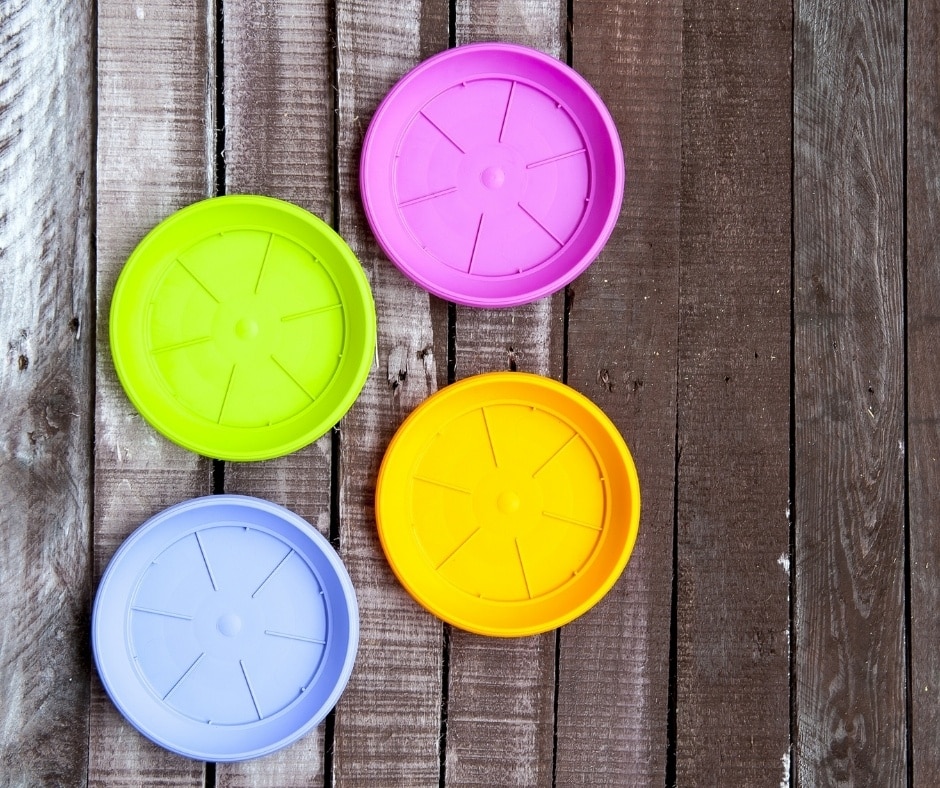If you want to create a buffer layer between your furniture and the floor, felt will probably be your first choice. It’s kind of the standard material used for furniture pads. But there are times when felt might not be the best choice.
You’ll want a working knowledge of alternatives so you know which is the right material for furniture padding and what is the right time to use it.
We put together this handy guide of what kinds of alternatives there are to felt and what might help you identify a good choice when it isn’t the ideal one. We hope you find it illuminating.
List of Alternatives
- Silicone chair caps
- Leather strips
- Rubber
- Plastic
What makes a good furniture pad?

There are a few things you’ll want to consider when selecting a material for a furniture pad. It’s not a cut-and-dried choice, either. If you’re really serious, you’ll want to know when something is right and when it’ll be counterproductive.
The first question is whether you want to buy the pads or craft them yourself.
If you buy them, there are two options for how they are connected to the feet of your furniture. Either you nail them in or you use an adhesive to set them in place.
Adhesive pads are usually easier to put on and are less likely to leave a permanent imprint on your furniture. Nail-on pads require careful pacing because you are creating a permanent hole in your furniture leg.
The next question is whether you’ll want the furniture to move around after applying the pads or staying put. If you want to move your furniture around with little effort, a pad that will have little friction with your flooring is a good idea.
A hard plastic would work here. Find a plastic that is a good mix of hardness and suppleness so it isn’t brittle. Brittle plastic pads are likely to shatter and require constant replacement.
If you want your furniture to stay put, something that creates a lot of friction with your flooring is the way to go. A silicon-based pad will do that, creating a barrier between your furniture and your flooring that won’t move around.
Another option for a stay-put pad is rubber. Rubber creates a natural friction with most surfaces. Its drawback, however, is that it might also leave smudging if moved too hard. So make sure that your rubber isn’t likely to leave smudging if it gets warm and is moved abruptly.
The silver lining is that if the smudge is on a hardened floor, it’s probably easy to clean up.

Consider the kind of flooring your furniture is on. Different kinds of flooring will work better with different pad materials.
Carpet has natural friction from the fibers. The longer the fibers, the more the natural friction.
If you want to move your furniture around on a long-fiber carpet, you’ll want pads made from materials with very little friction themselves. This is where smooth, hardened plastic will shine. Almost everything else will hold firm to the floor.
For hardened floors, follow the same advice. Things with little surface friction are good if you want to move furniture around regularly. High-friction surfaces will help hold things in place.

There are a couple of other things to look for in furniture pads.
First, you’ll want to make sure that the pad’s size is adequate for the job. For some pads, either the same size as the bottom of the foot or just slightly larger is fine. You don’t want people to look at your furniture and see the foot pads.
If you plan to purchase pads, the most common sizes are one, two, and three inch. But with a little luck and skillful sleuthing, you can find larger ones.
For others, especially hard plastic on carpet, you’ll want them a little bit bigger to allow freedom of movement.
Something else you’ll want to consider is that the the pads don’t just protect flooring from scuff marks made by moving furniture across it. They also protect carpet from indentations when heavy furniture is left sitting on it for long periods of time.
If you’re looking for pads for furniture that sits on carpet, you’ll want some with extra thickness to absorb some of that weight over time.
You’ll also want to keep shape in mind. While a circular pad will work for a square foot, it will only do so if the pad is much larger than the foot. It might also look a bit weird if your furniture legs are square but your pads are circular.
Pads frequently come in square, circular and L-shapes.
Conclusion
Felt isn’t always the right material to use for furniture padding. It is the most commonly used one, so it’s pretty important to know when it might not be the right material to use. Knowing which alternative is right requires knowing when felt is not ideal.
Then you can make a great choice for what material to use. There is a wide range of them, and they all have in common that they protect both furniture and flooring from each other.
This guide is our answer to when and where to use something other than felt as a pad for your furniture. We hope you find it useful and invite you to leave a comment down below. Feel free to share it on your social media networks.

